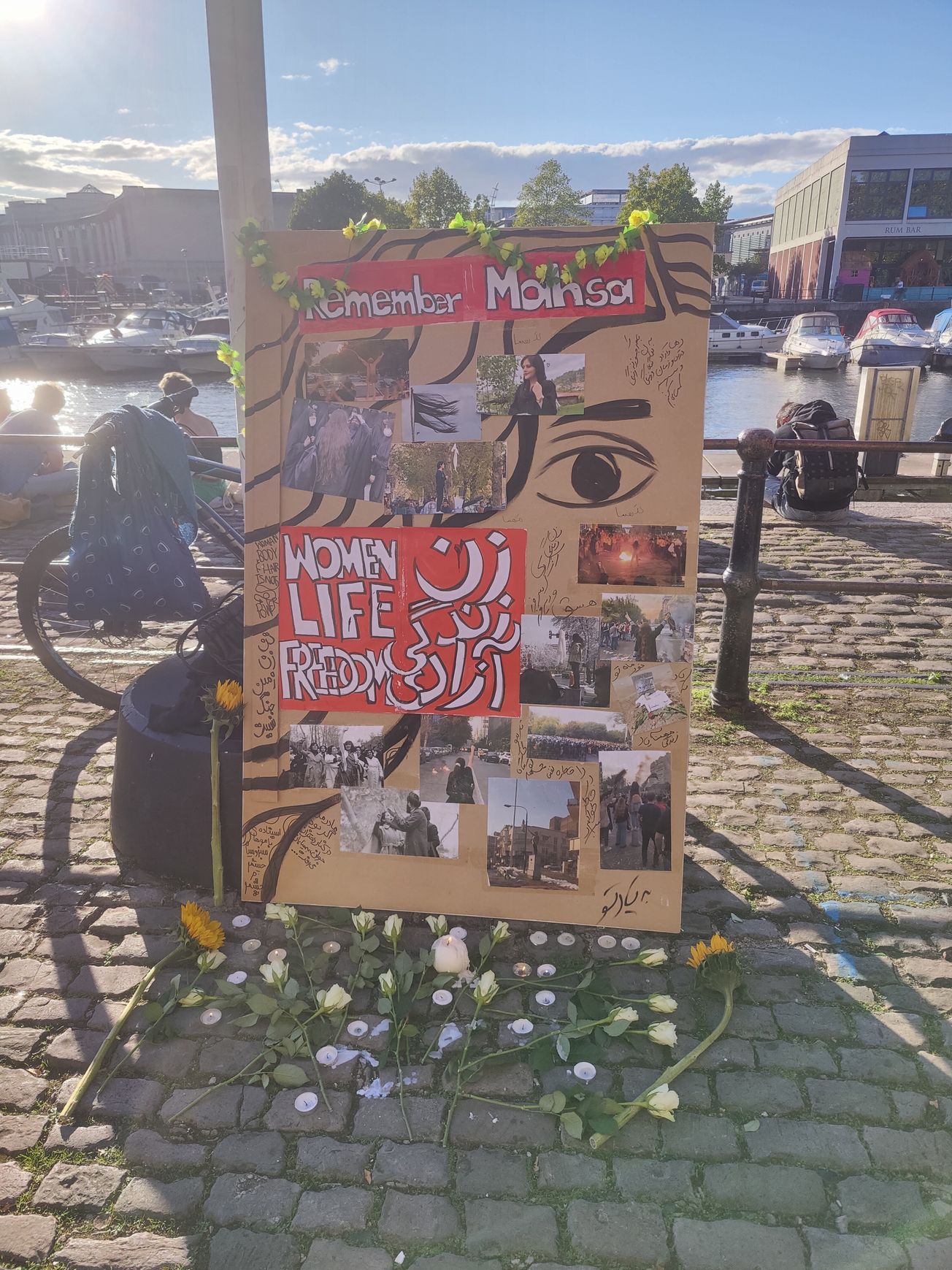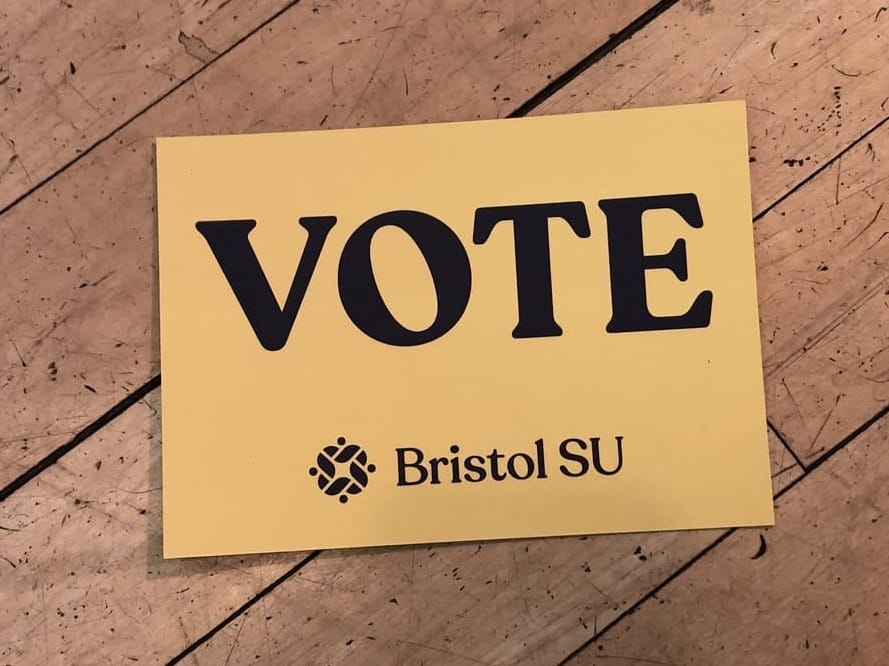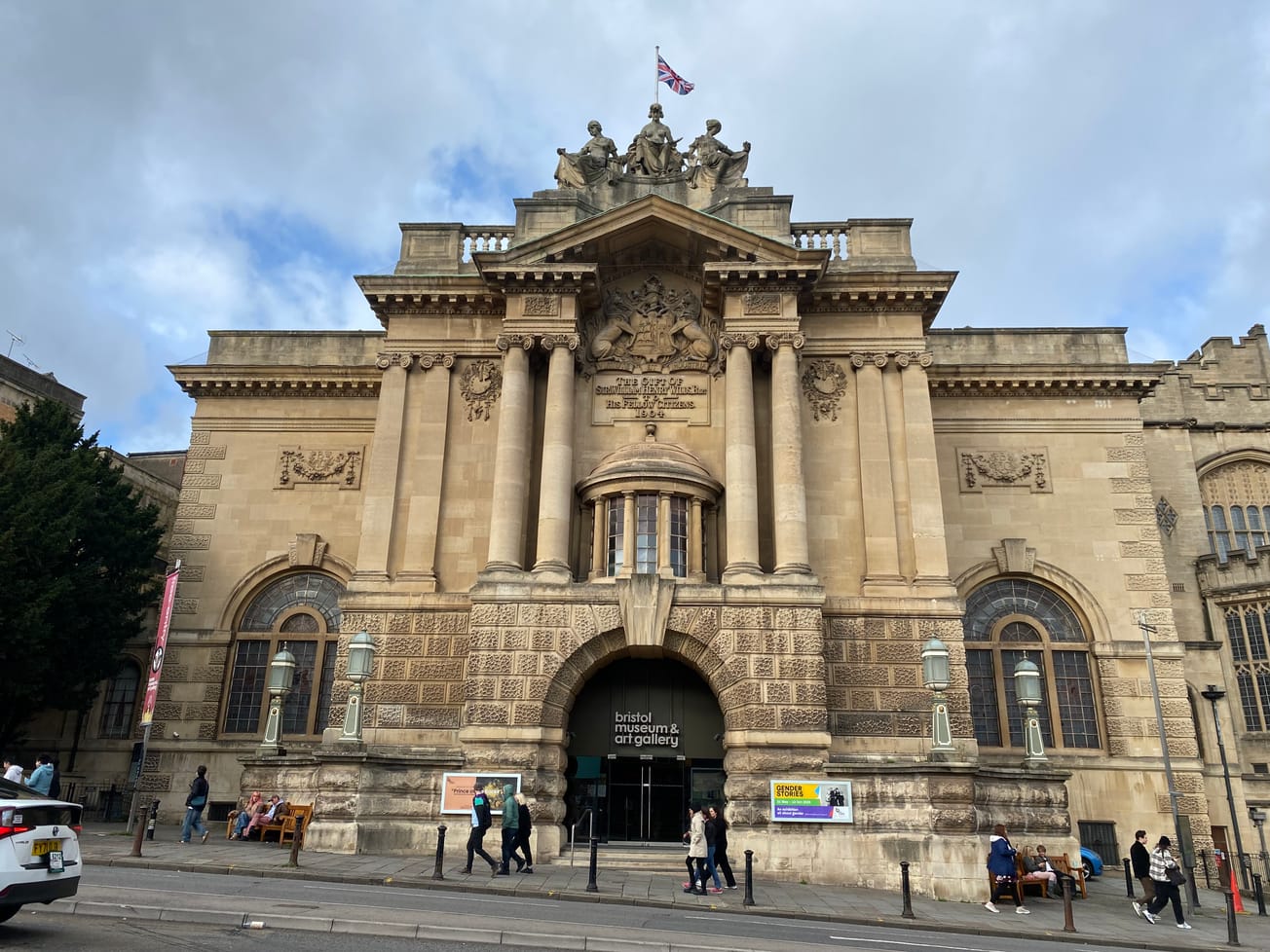By Shrey Rajesh Kannan, Third Year, Physics and Philosophy
A vigil was held in Bristol last Saturday for the death of Mahsa Amini in front of the Arnolfini art gallery.
Amini died at the age of 22 at the hands of the Iranian authorities after being detained for wearing a headscarf ‘improperly’ under the country’s strict hijab laws. Allegedly beaten and killed by the ‘morality’ police, a charge that authorities deny, her death has sparked a series of wide scale protests across Iran.
Displayed on a billboard amidst candles were pictures of the protesters, mostly Iranian woman and disenchanted youth who were cutting their hair or raising their hands; acts of defiance against the theocratic regime.
The vigil was organised by two local artists Roxanna Vilk and Amak Mahmoodian, a lecturer at UWE. Keen to show the ‘human face’ of the conflict and as part of the sizeable Iranian diaspora in Bristol, the event was a show of solidarity with the protests while offering a time and the space for contemplation for the diaspora and the public.
With an internet blackout stretching across the country and a media crackdown initiated, disparate reports are being received from all provinces. From what is being revealed, Iranian authorities have retaliated in often brutal ways to the protests with the President Ebrahim Raisi vowing to deal with the protests ‘decisively’: videos show anti-riot police threatening, beating, detaining and even firing live ammunition at groups of protesters.
Iranian authorities report a death toll of 40, but human rights groups worry that the number is much higher.
Asked how Bristolians have reacted to the vigil, Ms Vilk states that ‘It’s heart-warming to see people come- they might have seen it on social media, saying they want to come and express an interest and show solidarity’.
She noted that even when the event was posted on social media at noon, many had attended the vigil that started at 5pm. Amongst those who had attended to pay respects were students, activists, parts of the Iranian diaspora and general members of the public who had shown inquisitiveness in the gathering.
Ms Vilk noted that with regards to the wider population, many were still ignorant about the situation in Iran: ‘I’ve made stories and made films about Iran for the past 20 years’ she states, ‘I would say that we have a long way to go’.
But awareness is spreading. Protests have occurred across the UK in a show of grief, horror, and solidarity with the people of Iran.
In London, protesters clashed with police outside the Iranian Embassy while in last Sunday in Bristol, protesters gathered in College Green burning headscarves and chanting in Persian.
When asked about the headscarf and why Iranian authorities have reacted so violently against its removal, Ms Vilk replied that ‘the enforcement of the Hijab was a pillar of the revolution, so to knock that back, they would have to knock back the entire system’.
The Iranian revolution in 1979 was an overthrow of the Imperial Pahlavi dynasty by Islamists, Leftists and a beleaguered populace suffering from economic mismanagement under the monarchy.
The replacement was a theocratic state that precipitated a dilution of women’s rights, freedom of religion and a policy of de-westernisation that included mandatory hijabs for woman.
Many in Iran have become disenchanted with the regime, but their voices against repression are being increasingly met with violence with the latest protests unfolding now the largest since 2009.
When the vigil was turning to a close, members of the Bristol Iranian diaspora said their goodbyes to each other and hugged, fearing for their countries future and in some cases, their families back home. Given the internet shutdown and public ignorance on Iran, the organisers urged to ‘keep the lens on Iran; keep people talking about it, talk to our friends, read posts and do whatever we can.’









